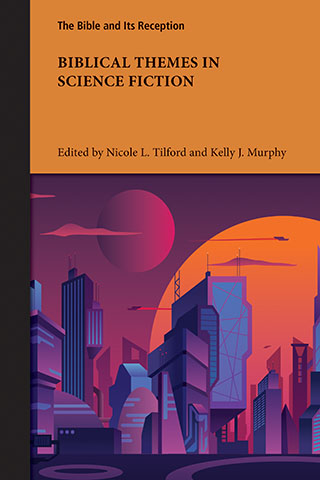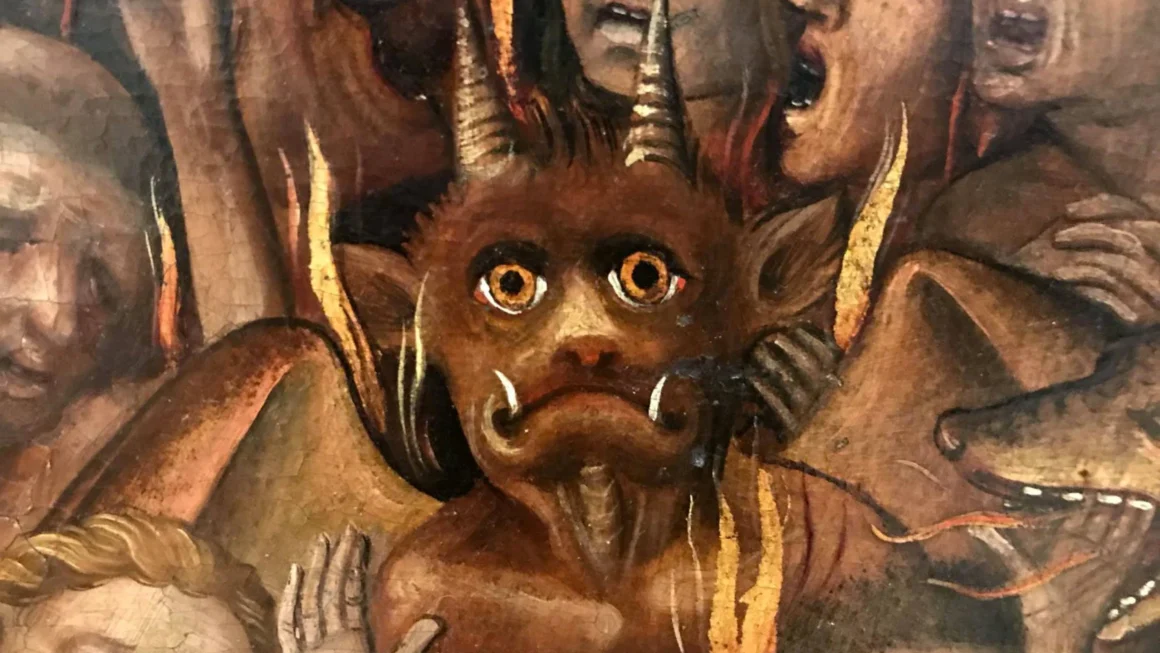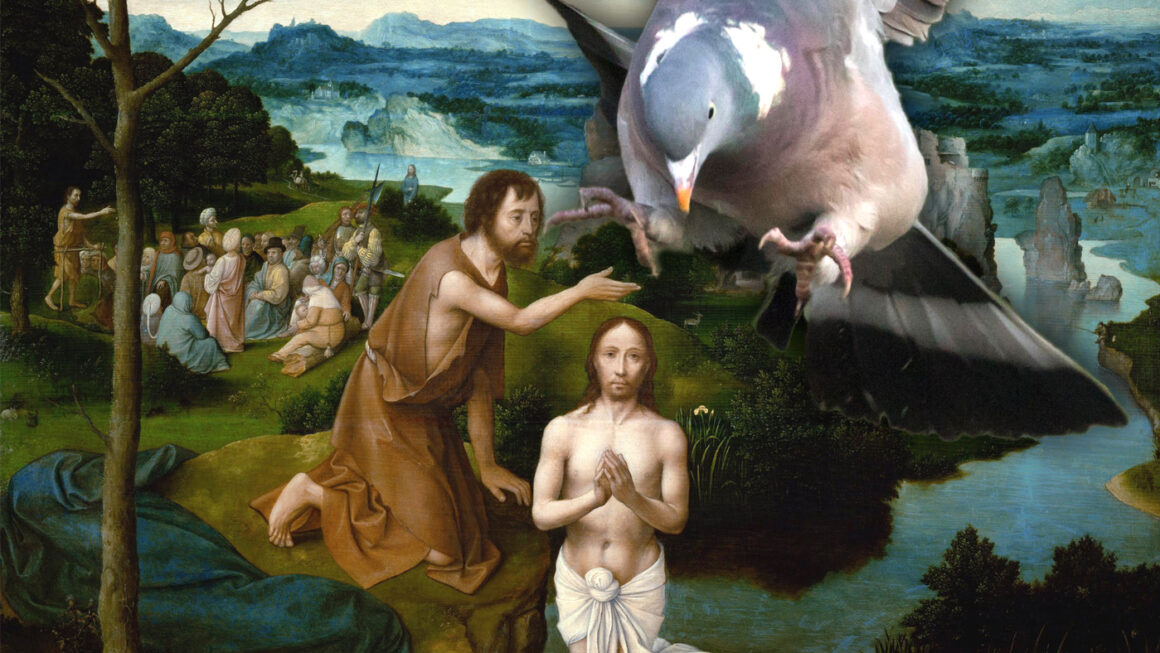
I was asked a few years ago to write a chapter on the Tower of Babel in science fiction. This was great as I spent a few months reading and watching anything I could get my hands on! This was just as the first COVID lockdown hit, so it was an amazing distraction.
There is a lot of Babel in science fiction – a lot more than you might think. It took me a good few months to sort them all and put together a good overview of all the ways sci-fi authors use Babel to tell new and exciting stories. In the end I decided to focus in detail on Samuel Delany’s Babel-17.
After ages of waiting the chapter is finally out. The book looks really good – the cover is amazing! It has chapters on Adam, Eve & Lilith, Babylon, Messiah, Apocalypse and more! I can’t share my chapter here, but if you send me an email I can send you my unedited draft. Thanks to Dutch copyright law, my university has made the chapter available for all on their website.
To give you an idea of the chapter, here are a couple of paragraphs:
In science fiction the Tower of Babel is picked up in various ways, from the very literal building of a “New Tower of Babel” in Fritz Lang’s Metropolis (1927) to the crumbling Tower of Babel in Josiah Bancroft’s Senlin Ascends (2018b); from the naming of a planet in the Star Trek universe to the naming of the universal translator “Babel Fish” in Douglas Adam’s Hitch-hikers Guide to the Galaxy (1978).
Reviewing religion in science fiction, James McGrath (2016, 25) writes that “science fiction has a reputation for being antagonistic to religion; however, the reputation is not entirely deserved, and even where the description seems to fit, it often represents at best an oversimplification.” This is an important note to make when it comes to Babel, as it stands in stark contrast to more reductive statements such as Juan-Luis Montero Fenollós’s (2020, 270) “one of the most striking features of contemporary Babel is the total absence of God. The Tower has been laicized.” Such a statement is easy enough to counter with an example—see, for instance, the discussion of Chiang’s Tower of Babylon (1990) below—but working with Fenollós’s conclusion can be productive. While clearly there are several works of science fiction that include God in their (re)-telling of the Tower of Babel, there are many more that replace the “religious” idea of a curse with a more “scientific” reason: a sickness or a machine.
In general, the reception of the Tower of Babel can be divided into a couple of directions. The first takes up the theme of human audacity, enterprise, hubris, and arrogance—often combined with a bit of miscommunication thrown in for good measure. This is the heritage of the tower. The second direction is the curse, and it concerns the way the tower relates to language: imagery from the Genesis narrative, either explicit or implied, is used to discuss linguistics, the role of language, and translation.


